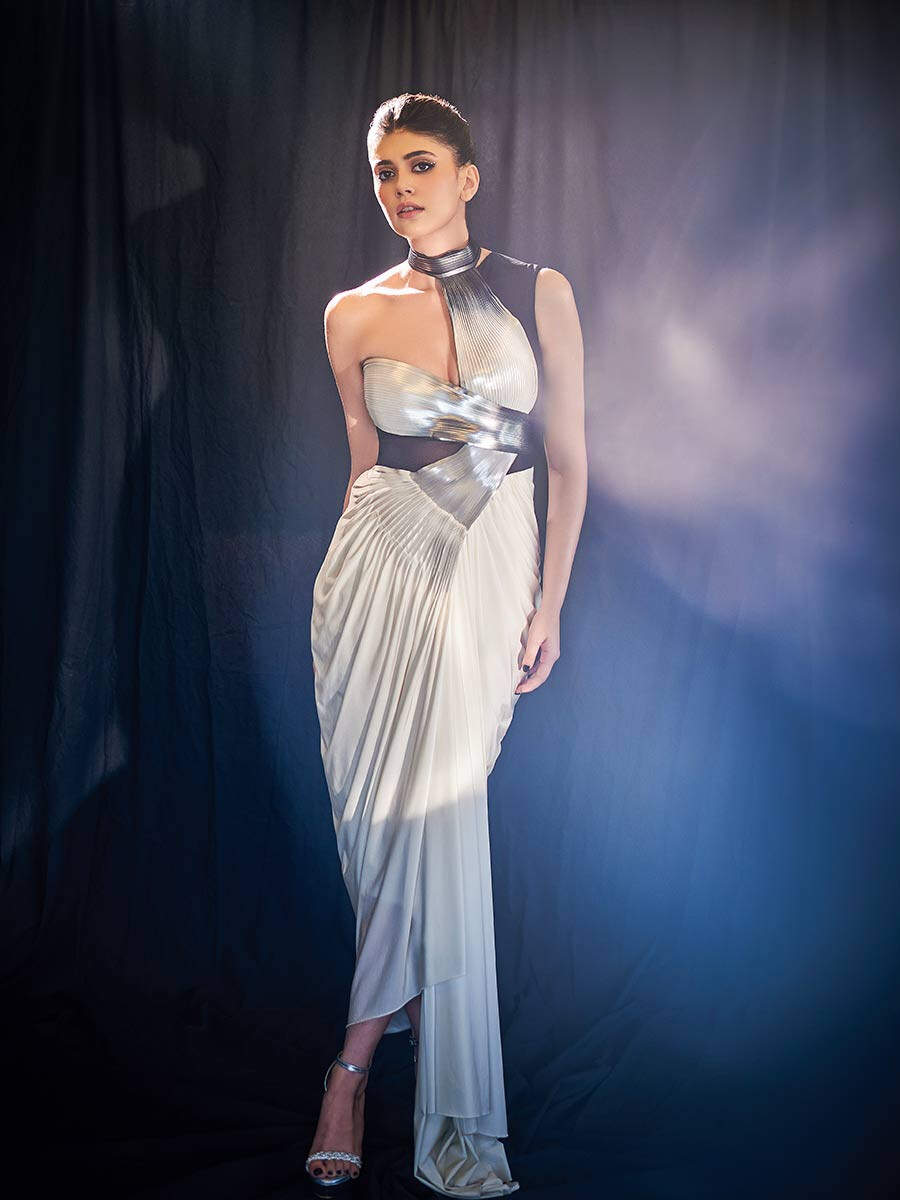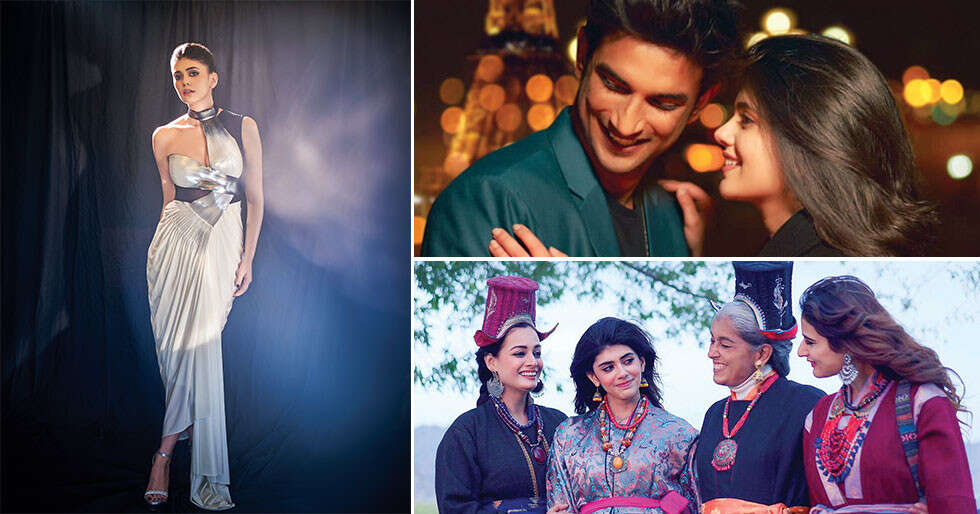But, I think credit must be given to Tarun Dudeja, our director, who just gave us such amazing parts that we all knew what to do. The core character sync was there and everyone believed in their characters. It was pure and I feel that’s what the audience has connected to. And probably that’s the reason why we are even making a sequel. It has the four of us again along with a few additions. It’s in the final part of writing right now. We’ll be starting filming by the end of the year.” Discussing her film choices in the post-COVID landscape, she notes that the theatrical business took a complete nosedive and OTT content started ruling. To build a career in such a volatile environment has been extremely challenging for a new-age actor like her.
She truly craves being a part of a film where she can reach the number of people that she did with Dil Bechara. Because that kind of pan-India consumption of one’s work gives an actor the luxury of making more choices later. She wants to work with filmmakers she has long admired. She knows people like Imtiaz Ali and Vishal Bhardwaj would make one film in two-three years but she wants to be in projects like that. On her future collaborations with directors, she reveals, “I have had the good fortune of being in touch with Zoya Akhtar and Farhan Akhtar, talking about different possibilities of working with them. That in itself is a huge thing for me. I want to work with Imtiaz Ali again, I respect his creative mind a lot. Alankrita Shrivastava and Neeraj Ghaywan too.”
When asked about the declining power of stars in today’s scenario and its impact on actors like her, she asserts, “I think it’s a double-edged sword. When you want to be a mainstream Hindi film heroine, you want to do a little bit of everything.
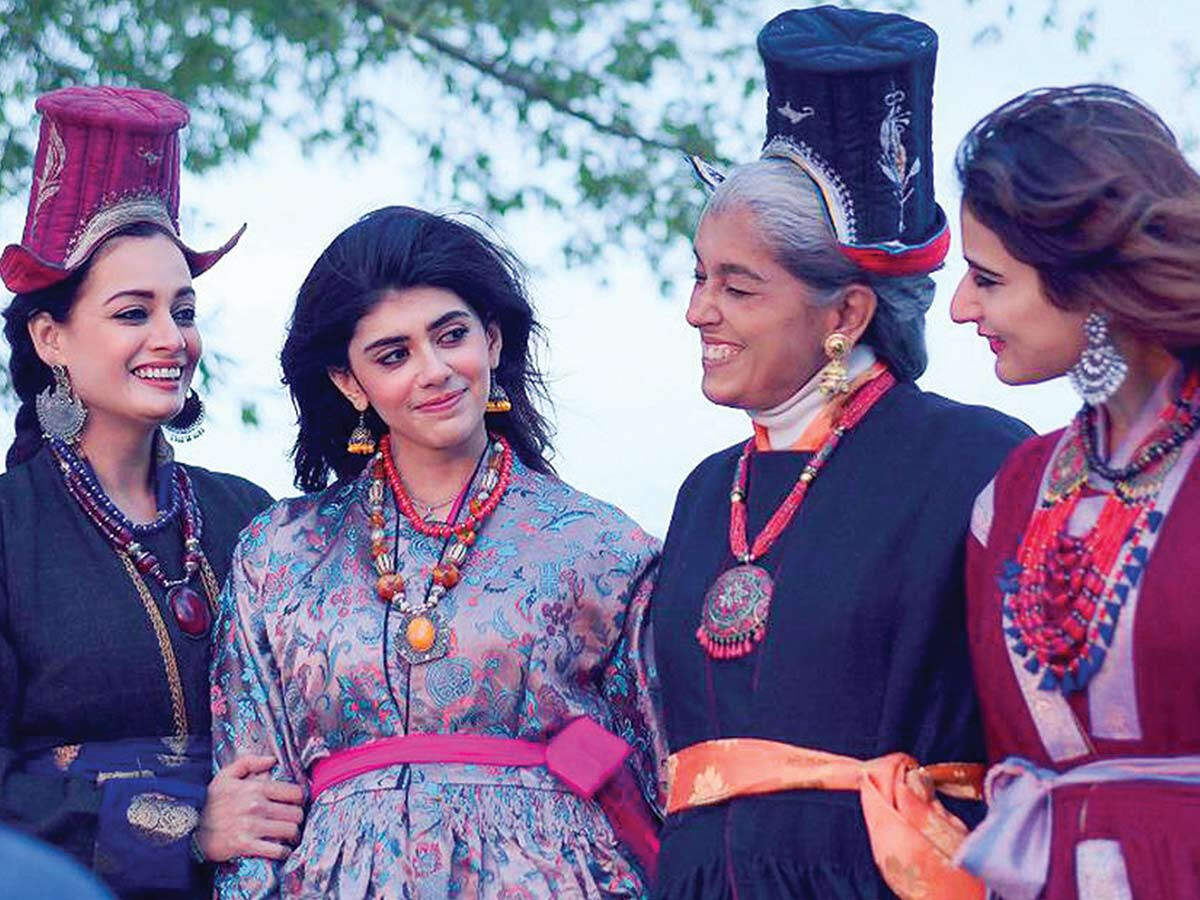
“I don’t think I only want to do purely content-driven cinema. I am also happy to be in a song and dance film.” Her desire is to connect with the largest number of people in the country. And there is a certain kind of cinema that penetrates the market which comes from that canvas. The idea is to do both, commercial as well as content-driven films.”
Addressing changes in the auditioning process, Sanjana recounts, “I’ve auditioned actively since the age of 17. It was really like taking a shot in the dark. All we used to be given was a scene, we were not even told the name of the project or the director. It all changed for me post Dil Bechara. Post that when calls used to come to me that people wanted to narrate a film to me, I used to be shocked. It was a very quick turnaround.” But what breaks her heart is when after a reading or narration there is silence. She only feels like the makers should at least inform the actor. Because actors tend to pin their hopes on a project and it’s only fair to tell them that things didn’t work out. She hates the fact that there are no callbacks for aspiring actors and the geek in her cribs that there’s no way of emailing or sending CVs to directors she wants to work with. “For the Delhi girl in me, it is very difficult to say no to any work. If I would have said yes to everything that had come my way, my trajectory would have been very different. So, I am still developing my filters. Sometimes it’s my gut feeling, sometimes it’s about how important doing that project is for me. It happened to me in OM. It was supposed to be this big-ticket commercial action film with Aditya Roy Kapur. Directed by Ahmed Khan who was right out of the success of Baaghi. But it didn’t do too well. My process of picking a film is like a split-personality disorder. Every time
I pick a film, I question it a hundred times.”
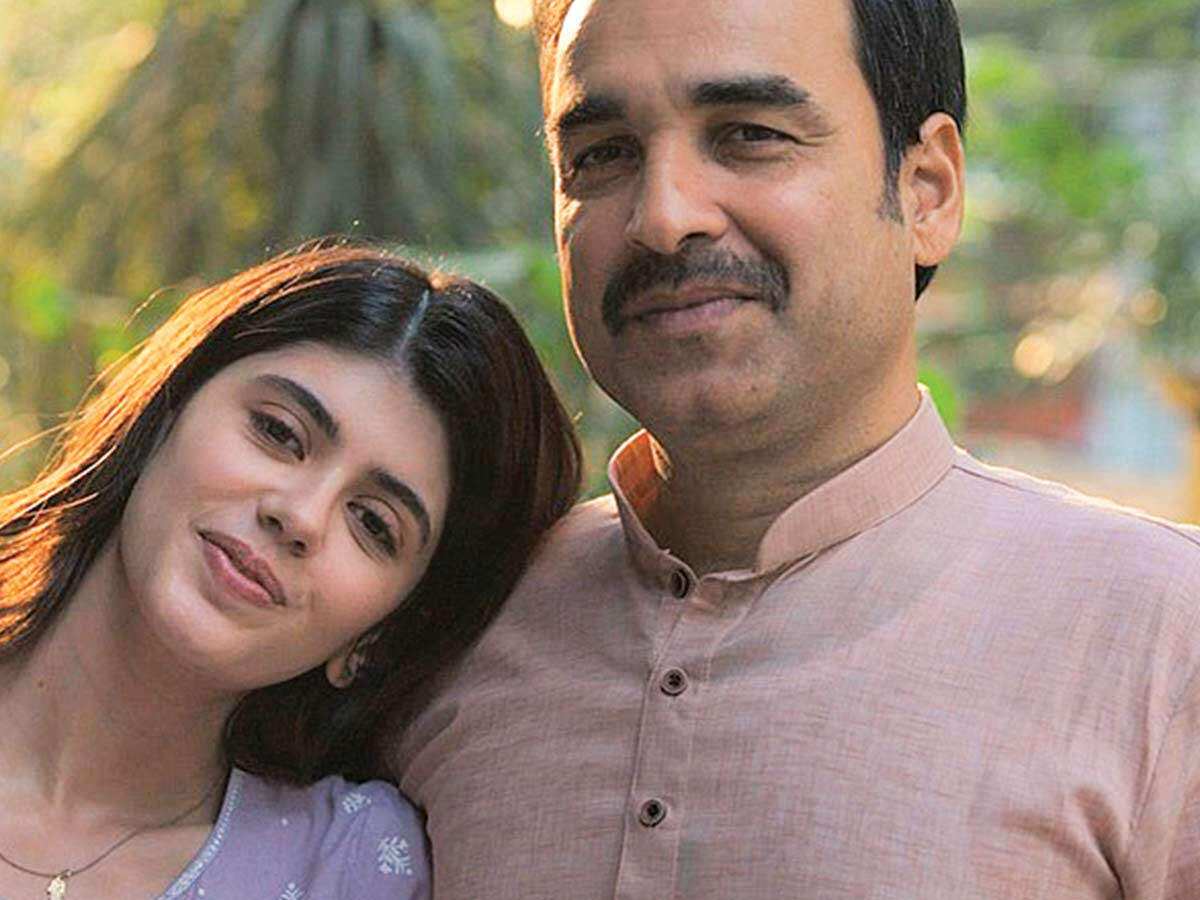
Speaking about her experience working with Pankaj Tripathi in Kadak Singh, she states, “I treat him as acting royalty. When I got this film, no part of me believed it. I had to go shoulder to shoulder with him in every scene so I was like I don’t know if I have it in me. But, the ease with which I could perform with him was all because of him. The advice he gives you, the space he gives you, the respect he gives you, it all adds up well. If every co-star would be like that then it would be a whole other story.” She feels that Kadak Singh should have met with a better response and is disappointed that it didn’t get the numbers the makers were hoping for. “I loved what I did with my character in that film. Internal industry feedback was great but to get that kind of feedback from the audience was something I missed out on. I hope it could reach more people.”
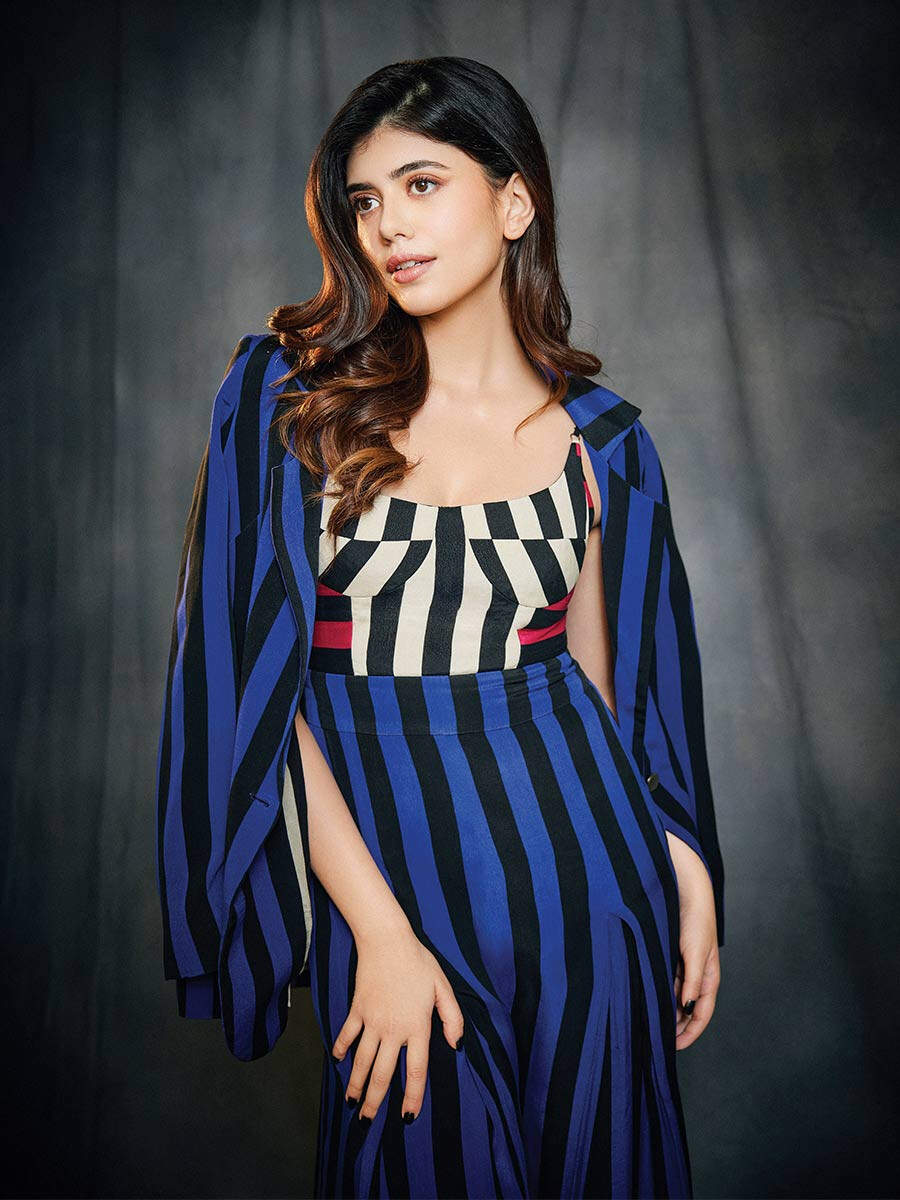
Coming back to the current reality, she reflects that today a big star can have two films coming out within two months, and one can do really well while the other might not. The star system is also being questioned. Reflecting on the industry’s evolution post-COVID, Sanjana thinks that in these four years, from 2020 to 2024, there has been more of a conflict than ever before. She went into a phase where her debut film was one of the first ever to be released on OTT. She did not have a template of how it should feel like to make a debut on OTT. “When I had signed Dil Bechara, it was supposed to be a big theatrical release. I didn’t know what a hundred and seventy million people watching something in their homes meant. And I didn’t know much about it till the pandemic started opening up and I couldn’t take a step outside my house without someone recognising me. And I realised that these numbers are real and I think we went into this two-year-long journey during the pandemic where everything changed. The goal posts got realigned.”
